3D-printed cycle bridge opens
This morning in the village of Gemert in the province of Brabant a 3D-printed cycle bridge was opened. It was printed this summer in TU/e's Pieter van Musschenbroek Laboratory. This is the world's first ever 3D-printed bridge to be part of regular infrastructure. Another novelty is that the makers have succeeded in printing the bridge's reinforcements, steel cables.
One of the advantages of printing a bridge is that it uses much less concrete than the conventional method, which involves filling a mould. The printer, by contrast, lays down concrete only where it is required. This is a step forward because a great deal of CO2 is released during cement production. The less concrete the better! Additionally, the technique offers freedom of form: the printer can make any shape. And it means no more wooden moulds are needed.
Something else of note is that researchers in the group led by Theo Salet, professor of concrete structures, succeeding in developing a process for printing the reinforcements. While laying a strip of concrete, the concrete printer inserted a steel cable into it. These cables mean the structure is 'prestressed'. This avoids the concrete being subject to tensile stress, which concrete doesn't handle very well.
Before the full-size bridge was printed, a scale model (1:2) was made in the spring. After this proved able to withstand a load of two thousand kilos, the printing of the concrete elements got underway in mid-June. These have now been bonded together in situ by construction company BAM Infra to form the seven-meter-long bridge.
Source: TU/e press team
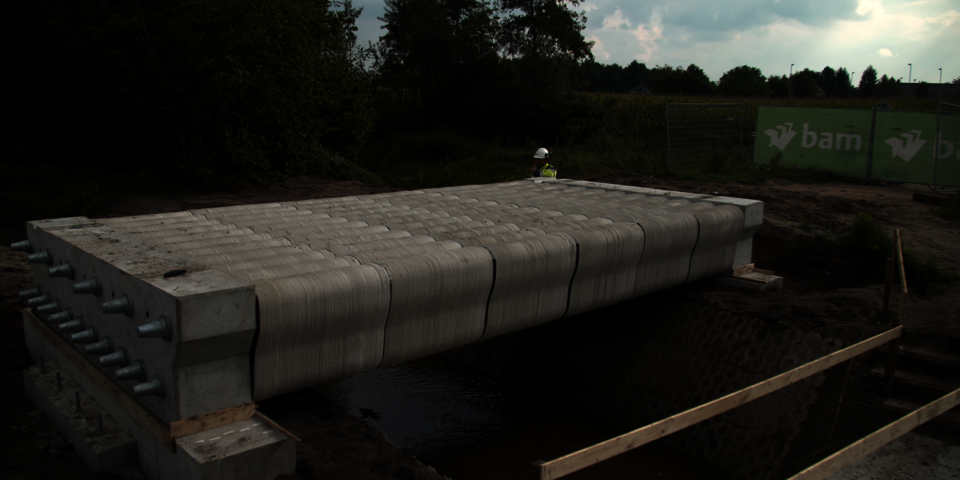


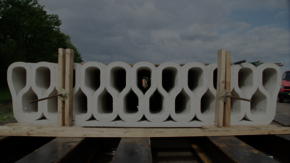
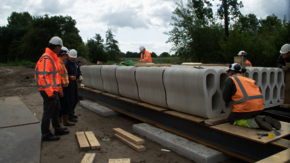
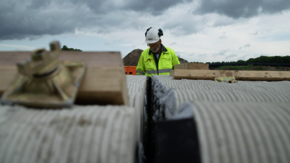
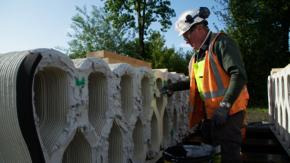
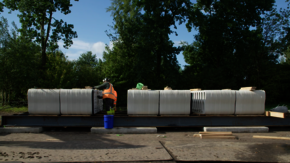
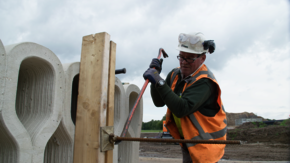
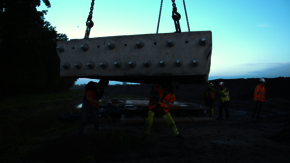
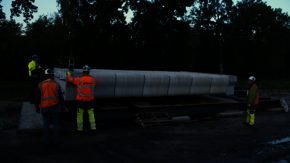
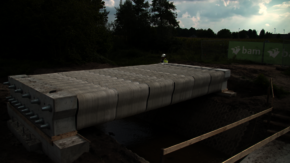
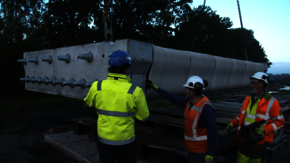
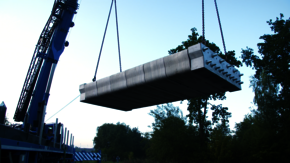
Discussion